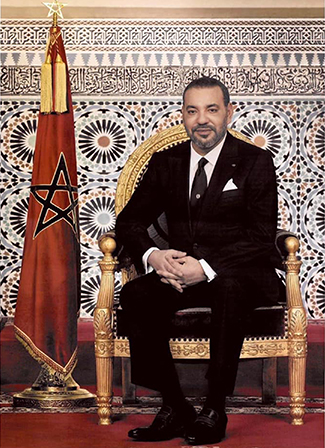SOUS LE HAUT PATRONAGE DE SA MAJESTÉ LE ROI MOHAMMED VI

« Dans ce moment si particulier de l’Histoire, alors que nous luttons contre le changement climatique, que nous combattons le terrorisme, que nous œuvrons en faveur du développement durable, de la sécurité hydrique, énergétique et alimentaire, du développement de manière générale, il nous faut revenir à l’essentiel, c’est-à-dire le vivre-ensemble.
Rien ne sert de mener de grands projets si nous ne parvenons pas à dépasser ce premier maillon du vivre-ensemble, au nom d’une seule humanité qui replace l’humain en son cœur.
Avec une constance irréfragable, Nous faisons, au Royaume du Maroc, le choix sans cesse renouvelé de demeurer une terre de tolérance, de coexistence et d’ouverture. »
Extraits du discours de Sa Majesté le Roi que Dieu L’assiste à l’ouverture du 9ème Forum mondial de l’Alliance des civilisations des Nations unies, qui s’est tenu à Fès en novembre 2022,


 Español
Español English
English